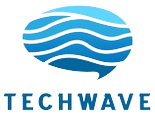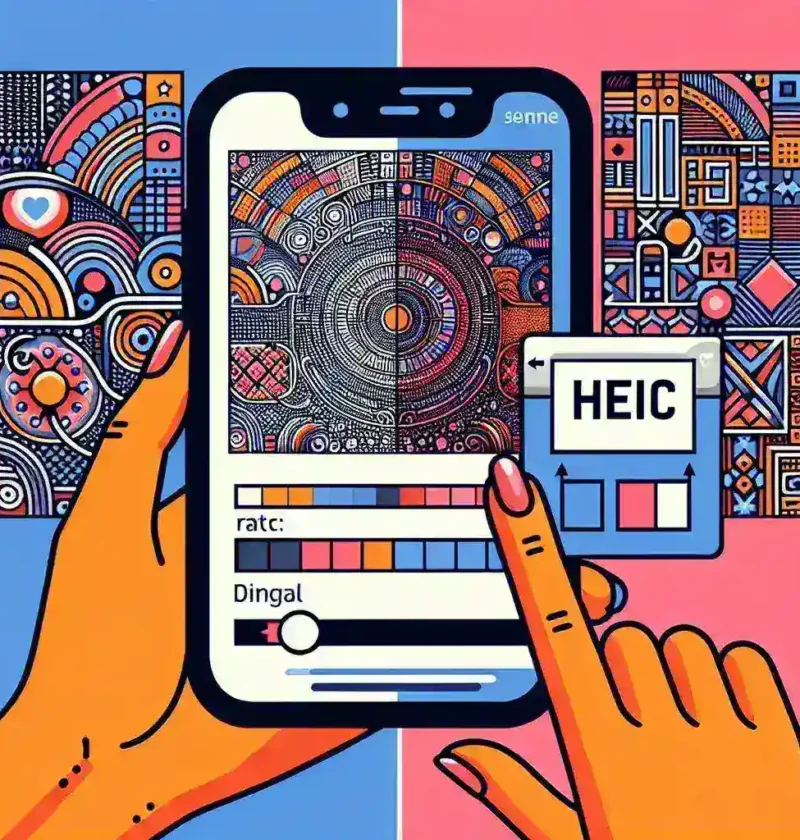Understanding HEIC and JPG: Why the Conversion?
Apple introduced the High Efficiency Image File Format (HEIC) as a space-saving alternative to JPEG (JPG). HEIC files generally offer better image quality at smaller file sizes. However, not all devices and software support HEIC, leading to the need for conversion to the universally compatible JPG format. This guide will walk you through several methods to convert HEIC to JPG on your iPhone, ensuring you can seamlessly share your photos across a wider range of platforms.
Why might you need to convert? Imagine snapping stunning vacation photos on your iPhone, only to find that your old family computer, or a friend’s phone, can’t display them properly. This is where the ubiquity of JPG comes in – it’s the workhorse of image formats, supported virtually everywhere. So, knowing how to convert HEIC to JPG on your iPhone is a crucial skill for anyone who wants to effortlessly share their photos.
Method 1: Automatic Conversion During Transfer
The simplest way involves automatic conversion. This method is particularly handy for transferring images to platforms or devices not inherently compatible with HEIC. When you connect your iPhone to a computer and import pictures using Apple’s Photos app on a Mac, or Windows’s File Explorer, you can often select to import directly as JPGs. Options may appear in the import settings to automatically translate from HEIC to JPG. Check your import settings – sometimes it’s as simple as ticking a box!
This method provides a passive, almost effortless way to ensure your photos are consistently in the universally accepted JPG format. It’s the ideal solution if you don’t want to fuss with individual file conversions and primarily need to share images on non-Apple devices. However, it does rely on automatic conversion, which may not always be available depending on the software used. It’s excellent for infrequent conversions.
Method 2: Manual Conversion Within the Photos App
This method offers more control. While less automated, it allows for selective conversion. You can choose which HEIC images to convert to JPG, rather than automatically converting all the images being transferred. This reduces the strain on processing power and disk space, especially when dealing with a large number of HEIC pictures. The process involves selecting the HEIC image you want to convert within the Photos app, and then choosing to share it. This usually presents several sharing options, including saving the image as a JPG. This process is often as simple as selecting a photo, tapping the share icon (the square with an upward-pointing arrow), and choosing a share option that subtly alters the file type. Some sharing options will automatically convert your HEIC to JPG format for sharing.
For users who need greater control over their image conversions and only want to convert specific files, this is a very valuable option. However, it does require manual intervention for each image, making it less efficient for large-scale conversions.
Method 3: Utilizing Third-Party Apps (Cautionary Note)
Numerous third-party apps in the App Store promise seamless HEIC to JPG conversion. While many are reliable, exercising caution is essential. Before installing and using any app, carefully review user reviews and ratings. A reputable app will often have a considerable number of positive reviews and a high average rating. Look for transparency around privacy policies and data usage; always understand what permissions an app requests and why. A simple search for “HEIC to JPG converter iPhone” on the App Store will reveal numerous options, but thorough research is crucial to avoid potentially harmful or unreliable applications.
Third-party apps can offer features beyond simple conversion, such as batch processing or advanced image editing capabilities. However, they may require additional storage space and battery power. Moreover, the reliability of these apps can vary, and some might include unwanted ads or in-app purchases.
Preserving Image Quality During Conversion
A common concern surrounding HEIC to JPG conversion is the potential loss of image quality. While some quality reduction might occur, modern conversion techniques minimize this loss. The key lies in choosing a high-quality conversion method. Avoid overly aggressive compression settings if offered, which can lead to noticeable artifacts or a loss of detail. The automatic conversion methods mentioned earlier generally prioritize maintaining quality. If using a third-party app, look for one that emphasizes maintaining image quality during the conversion process.
For optimal results, ensure your iPhone’s camera settings are optimized for capturing high-resolution images. A higher-resolution source image will naturally result in a higher-quality JPG after conversion. Consider the tradeoffs between file size and image quality; higher resolutions mean larger files.
Troubleshooting Common Issues
Sometimes, conversion processes can encounter hiccups. If you face difficulties converting HEIC to JPG on your iPhone, here are some troubleshooting steps:
- Restart your iPhone: A simple restart often resolves temporary software glitches.
- Check your storage space: Insufficient storage might impede conversion processes.
- Update your iOS: An outdated iOS version can cause compatibility issues.
- Reinstall or update the app (if using a third-party app): An outdated or corrupted app can lead to errors.
- Contact Apple Support: If the problem persists after trying these steps, contacting Apple Support may be necessary.
Remember, the success of your conversion largely depends on the method chosen and the condition of your device. If you’re experiencing persistent problems, try different methods to see if one works better for you. For very large conversions, breaking them down into smaller batches can also help.
Beyond the Conversion: Managing Your iPhone’s Photos
Effectively managing your iPhone’s photos is crucial. While converting to JPG offers compatibility, consider the implications of file size. JPGs, especially those shot at high resolutions, can consume significant storage space. Regularly review and delete unnecessary photos to maintain optimal device performance. Consider utilizing iCloud or other cloud storage services to offload your photos and free up space on your iPhone. This is a proactive approach to ensure your device remains responsive and efficient. Using cloud storage also provides backups, protecting your images from accidental loss or device damage.
Additionally, explore the organization options within the Photos app. Creating albums and using keywords can make finding specific images easier. These strategies help you maintain a well-organized photo library, regardless of the file format.
Learning to effectively manage your iPhone’s photos, alongside mastering the art of HEIC to JPG conversion, ensures that you can fully enjoy your photography and share it with the world without technical limitations. Remember to always back up your photos regularly to prevent data loss. And don’t be afraid to experiment with different methods to find what works best for your specific needs and workflow.
For further assistance with managing your Apple devices and optimizing your photo workflow, you may find resources at Apple Support. For additional information on image formats and best practices, consider exploring resources at Pexels.

